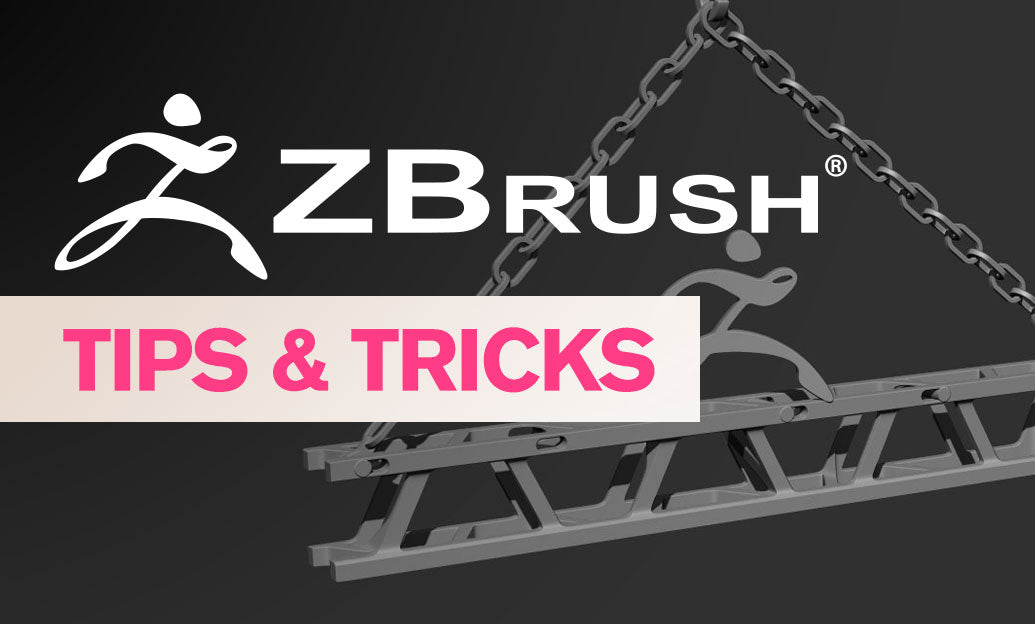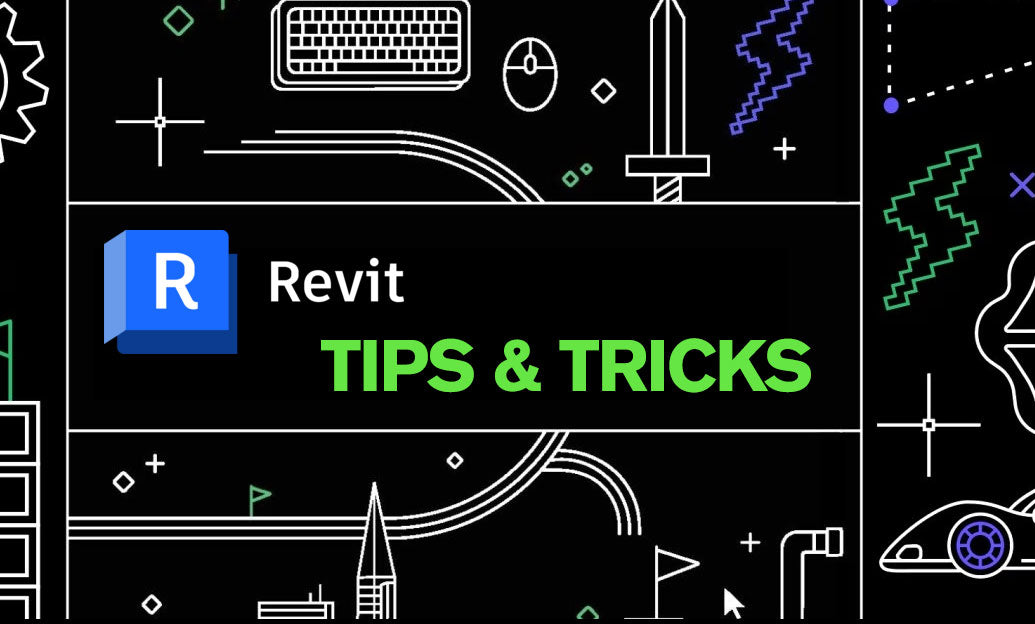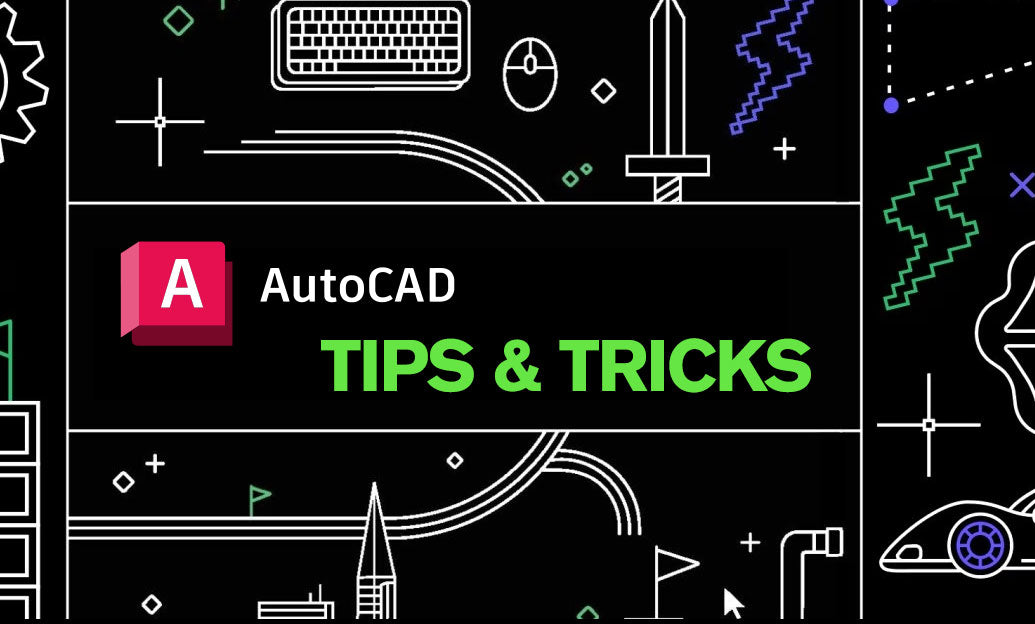Your Cart is Empty
Customer Testimonials
-
"Great customer service. The folks at Novedge were super helpful in navigating a somewhat complicated order including software upgrades and serial numbers in various stages of inactivity. They were friendly and helpful throughout the process.."
Ruben Ruckmark
"Quick & very helpful. We have been using Novedge for years and are very happy with their quick service when we need to make a purchase and excellent support resolving any issues."
Will Woodson
"Scott is the best. He reminds me about subscriptions dates, guides me in the correct direction for updates. He always responds promptly to me. He is literally the reason I continue to work with Novedge and will do so in the future."
Edward Mchugh
"Calvin Lok is “the man”. After my purchase of Sketchup 2021, he called me and provided step-by-step instructions to ease me through difficulties I was having with the setup of my new software."
Mike Borzage
Design Software History: The Evolution of 3D Coat: Pioneering Texture Painting and Sculpting in Digital Art
September 18, 2024 4 min read


The Genesis of 3D Coat
Founding and Early Days
In the burgeoning landscape of digital design software, Pilgway emerges as an influential player. Founded by Andrew Shpagin, Pilgway is the creative force behind 3D Coat, a tool that has profoundly impacted the fields of 3D sculpting and texture painting. Shpagin's vision was to create a versatile 3D software that bridged the gap between traditional sculpting and digital painting, offering artists a seamless and intuitive experience.
From its inception, 3D Coat aimed to provide solutions to common challenges faced by 3D artists by integrating both sculpting and painting functionalities within a single platform. This approach was revolutionary at the time and set the stage for numerous advancements in digital art creation.
Early Technology and Innovations
One of the earliest innovations introduced by 3D Coat was voxel sculpting. This technology allowed artists to manipulate 3D models as if they were made of virtual clay, providing unprecedented flexibility and precision. Voxel sculpting distinguished 3D Coat from its competitors and garnered attention from the 3D artist community.
The initial reception of 3D Coat was overwhelmingly positive, with many artists praising its intuitive interface and powerful tools. Despite the presence of established competitors like ZBrush and Mudbox, 3D Coat carved a niche for itself by focusing on the integration of sculpting and painting functionalities.
Evolution of Core Features
Voxel Sculpting and Surface Sculpting
Voxel technology in 3D Coat provided a foundation for intricate and detailed sculpting, enabling artists to create highly complex shapes without the limitations of traditional polygonal modeling. The transition to surface sculpting further enhanced the software's capabilities, allowing for more refined and smoother surfaces.
Surface sculpting, integrated into 3D Coat, offered artists the ability to work with both high-resolution detail and efficient, manageable models. This dual capability ensured that users could achieve their desired outcomes without compromising on performance or detail.
- User benefits: Enhanced flexibility, detailed modeling, and efficient workflows.
- Feedback: Positive reception from artists, highlighting the ease of use and powerful sculpting tools.
Texture Painting and PBR Workflow
3D Coat's texture painting tools have been a cornerstone of its success. Over the years, the development of these tools has included the introduction of Physically-Based Rendering (PBR) materials, which allowed for more realistic and accurate texturing.
PBR materials simulate the physical properties of different surfaces, providing artists with the ability to create lifelike textures. The integration of PBR workflows in 3D Coat facilitated seamless exporting to industry-standard game engines such as Unity and Unreal Engine.
This advancement not only enhanced the quality of textures but also streamlined the workflow for game developers and digital artists, making 3D Coat an indispensable tool in the industry.
Retopology Tools
Retopology is crucial in professional 3D workflows, as it involves creating a mesh that is optimized for animation, rendering, and other applications. 3D Coat has made significant advancements in both automated and manual retopology tools, making the process more efficient and user-friendly.
The retopology tools in 3D Coat allow artists to convert high-resolution models into manageable, animation-ready meshes without losing detail. This capability has had a profound impact on user efficiency and the overall quality of models produced.
- Automated Retopology: Speeds up the process and reduces the time required for manual adjustments.
- Manual Retopology: Provides artists with full control over the mesh structure, ensuring precision and customization.
Impact on the Industry
Adoption by Professional Artists and Studios
3D Coat has been widely adopted by professional artists and studios across various industries. Testimonials from renowned artists and high-profile projects highlight the software's effectiveness and versatility. Its robust toolset and continuous innovation have made it a preferred choice for many professionals.
Educational Influence
The influence of 3D Coat extends to academia, where it is frequently used in art and design courses. Its intuitive interface and powerful tools make it an excellent educational resource for teaching 3D modeling, sculpting, and texturing.
Moreover, the formation of user communities and forums has facilitated the exchange of knowledge and techniques, further solidifying 3D Coat's position in the educational domain.
Comparison with Competitors
When compared to other major software like ZBrush, Substance Painter, and Mudbox, 3D Coat stands out due to its unique combination of sculpting and painting tools. While each software has its strengths, 3D Coat's versatility and comprehensive feature set offer significant advantages.
However, it is important to acknowledge the limitations and areas where competitors may excel, ensuring a balanced understanding of 3D Coat's position in the market.
- ZBrush: Known for its advanced sculpting capabilities and high-resolution detail.
- Substance Painter: Specializes in texture painting and PBR workflows.
- Mudbox: Offers powerful sculpting and texturing tools with a focus on ease of use.
Future Directions and Innovations
Upcoming Features and Roadmap
Looking ahead, 3D Coat continues to evolve with a focus on integrating emerging technologies and enhancing performance. Upcoming features include AI-driven tools, which promise to revolutionize the way artists create and manipulate 3D models.
The development roadmap also highlights improvements in performance, ensuring that the software remains responsive and efficient even with complex models. Additionally, new integrations with other tools and platforms are being explored to provide a more seamless workflow for users.
Community and User Feedback
User feedback has played a crucial role in shaping the development of 3D Coat. The community's input has led to numerous enhancements and the introduction of new features that address the needs and preferences of artists.
Community-driven content and plugins further extend the functionality of 3D Coat, allowing users to customize their experience and leverage the collective knowledge of the user base.
The Future of Texture Painting and 3D Art
As technology continues to advance, the future of texture painting and 3D art holds exciting possibilities. Emerging technologies like VR/AR and AI are poised to transform the way artists work, offering new tools and techniques that enhance creativity and efficiency.
In this dynamic landscape, 3D Coat is well-positioned to remain at the forefront of innovation, continually adapting to meet the evolving needs of the digital art community.
Also in Design News

ZBrush Tip: Maximize Your ZBrush Workflow with Curve Editable Polygroups
May 12, 2025 2 min read
Read More
Revit Tip: Enhance Revit Model Precision with the Align Tool: A Comprehensive Guide
May 12, 2025 2 min read
Read More
AutoCAD Tip: Mastering Advanced Polyline Techniques for Enhanced AutoCAD Design Efficiency
May 12, 2025 2 min read
Read MoreSubscribe
Sign up to get the latest on sales, new releases and more …


